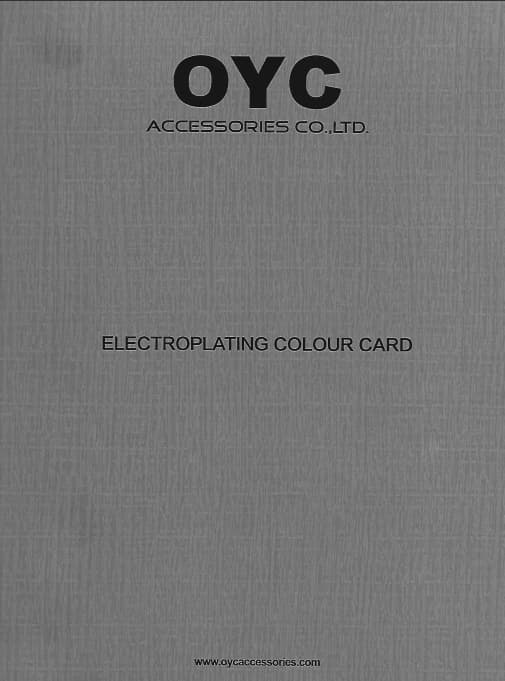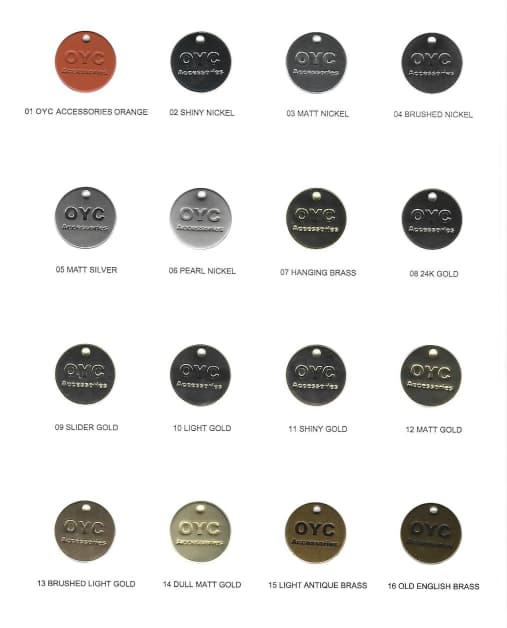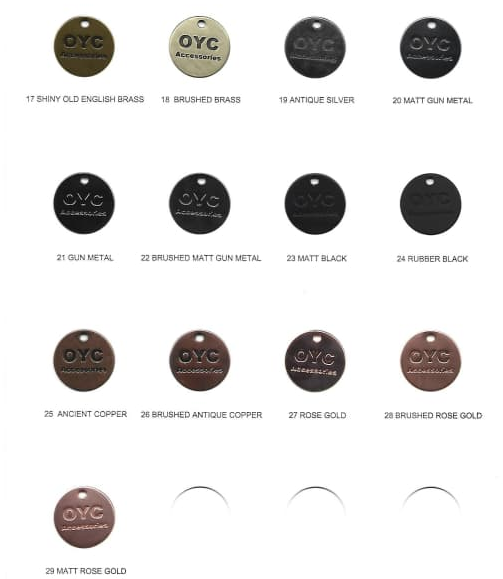- Personalized Customization High Quality Metal Accessories For Brand
- Contact +86-13924451472
Product Details
- Weathering and UV resistance properties
Stability of oil spraying: Certain oil spraying materials (e.g. UV curing coatings) have good weathering and UV resistance properties, which can prevent the plating layer from discolouration or deterioration under long-term exposure to sunlight.
Application Scenario: Suitable for metal logos for outdoor use, such as building signs and billboards. - Adhesion and bonding strength
Combination of plating layer and oil spraying layer: the adhesion between plating layer and oil spraying layer is the key. If the surface of plating layer is not properly treated (e.g. presence of oil, oxidised layer, etc.), it may lead to the peeling off of the oil sprayed layer.
Improvement measures: Before oil spraying, the plating layer needs to be thoroughly cleaned and surface treated (e.g., polished, activated, etc.) to improve adhesion. - Flexibility and Impact Resistance
Flexibility of oil spraying: Some oil spraying materials (e.g. polyurethane) have good flexibility, which can absorb a certain amount of impact and prevent the plating layer from cracking or peeling.
Application Scenario: It is suitable for metal logos that may be subject to impact, such as sports equipment and tools. - Chemical resistance
Chemical stability of spray oil: The spray oil layer can provide additional chemical protection to prevent the plating layer from being attacked by chemicals such as acids, alkalis and salts.
Application Scenario: Suitable for metal logos that may come into contact with chemical substances, such as laboratory equipment, chemical equipment, etc.
Summary and Recommendations
Comprehensive performance enhancement: oil spraying after plating can significantly enhance the corrosion resistance, wear resistance, appearance texture and weather resistance of metal logos, and is a recommended surface treatment process.
Material Selection: Select the appropriate plating and oil spraying materials according to the specific application scenarios. For example, for high corrosion resistance requirements, zinc plating or nickel plating followed by epoxy resin spraying can be selected; for high decorative requirements, chrome plating followed by polyurethane spraying can be selected.
Process control: Strictly control the process parameters of plating and spraying to ensure the adhesion between the plating layer and the sprayed layer to avoid problems such as peeling or blistering.



相关推荐
Serach
Related recommendations
© 2025. All Rights Reserved. OYC Accessories CO.,LTD















